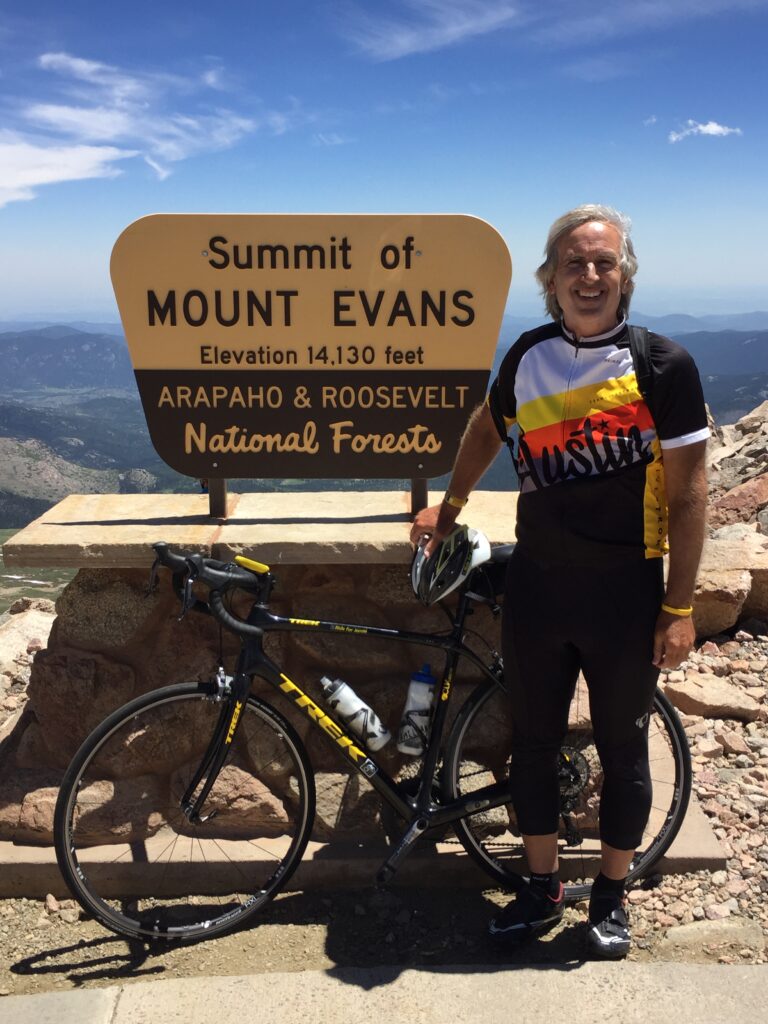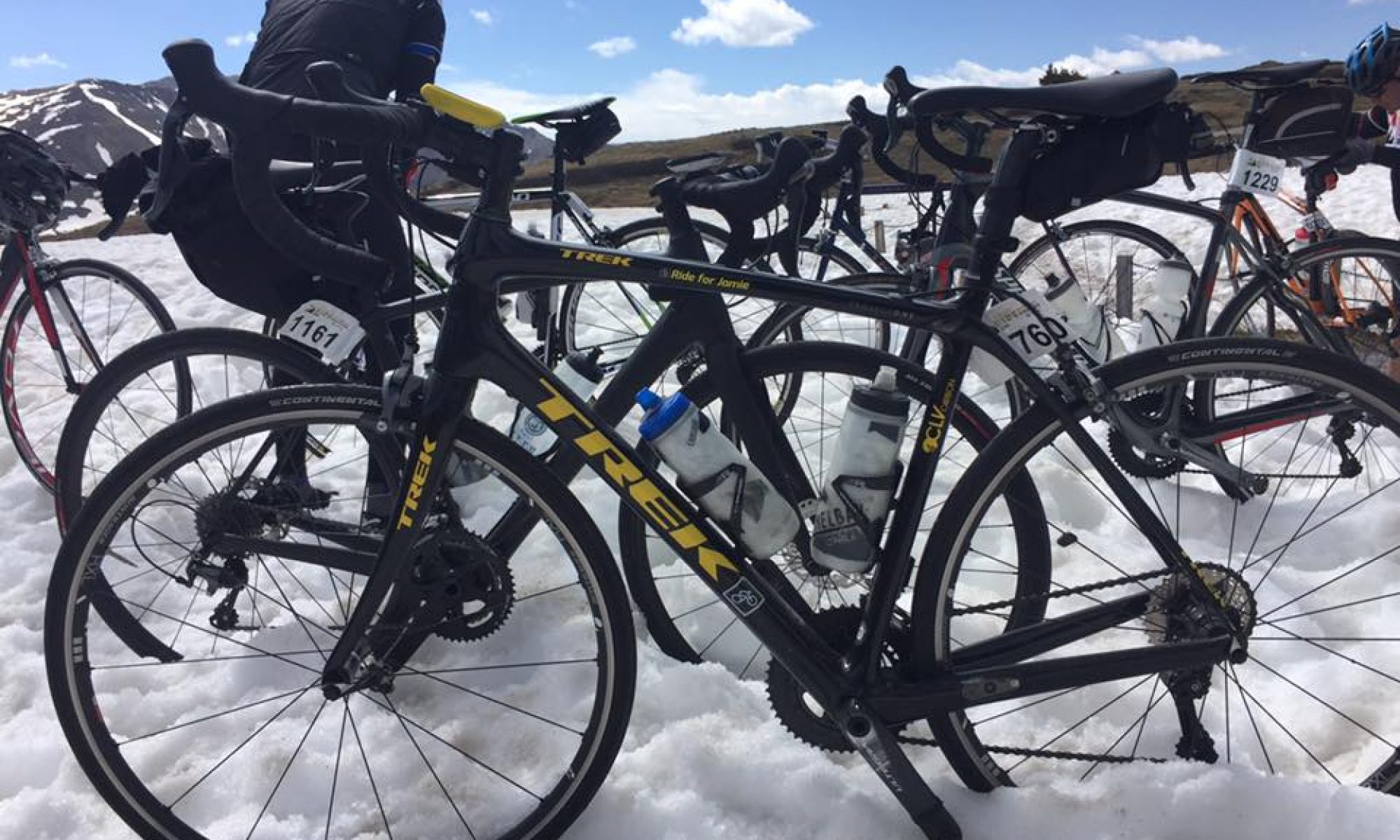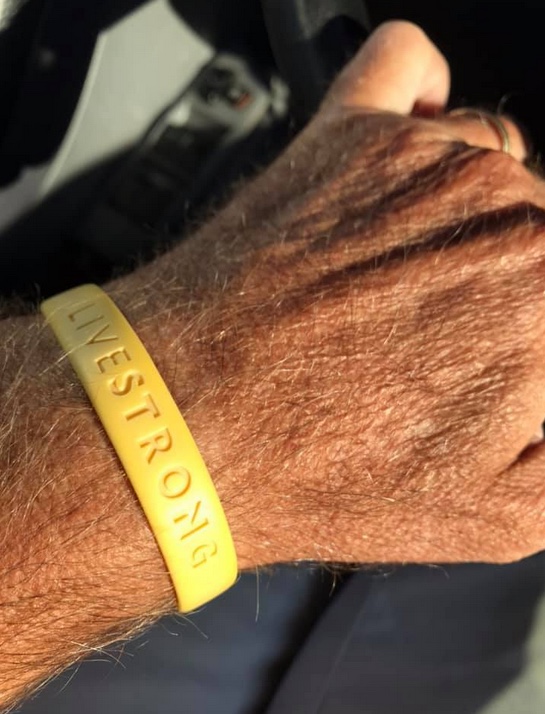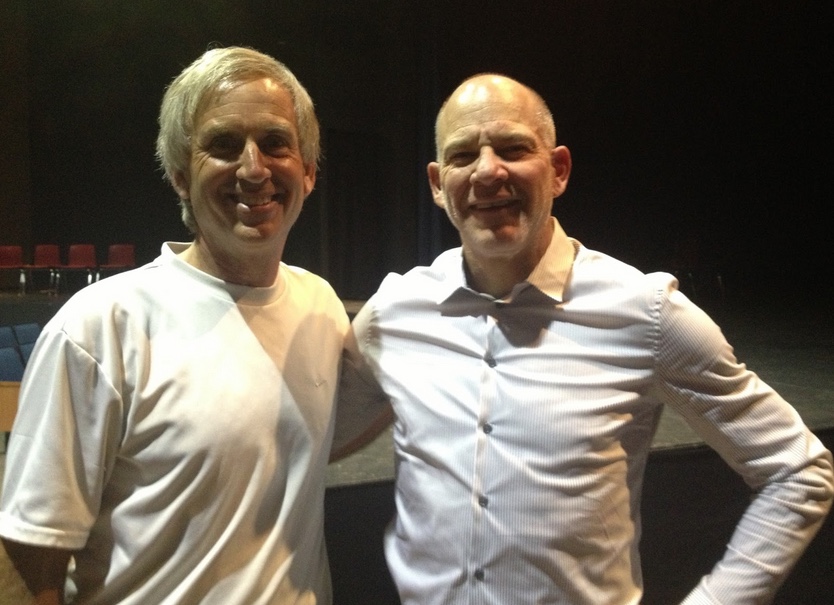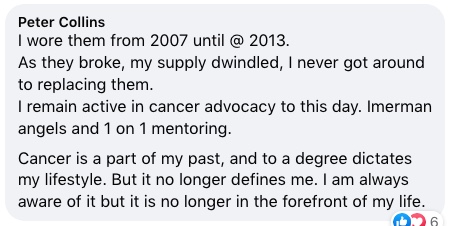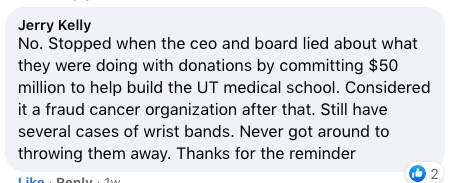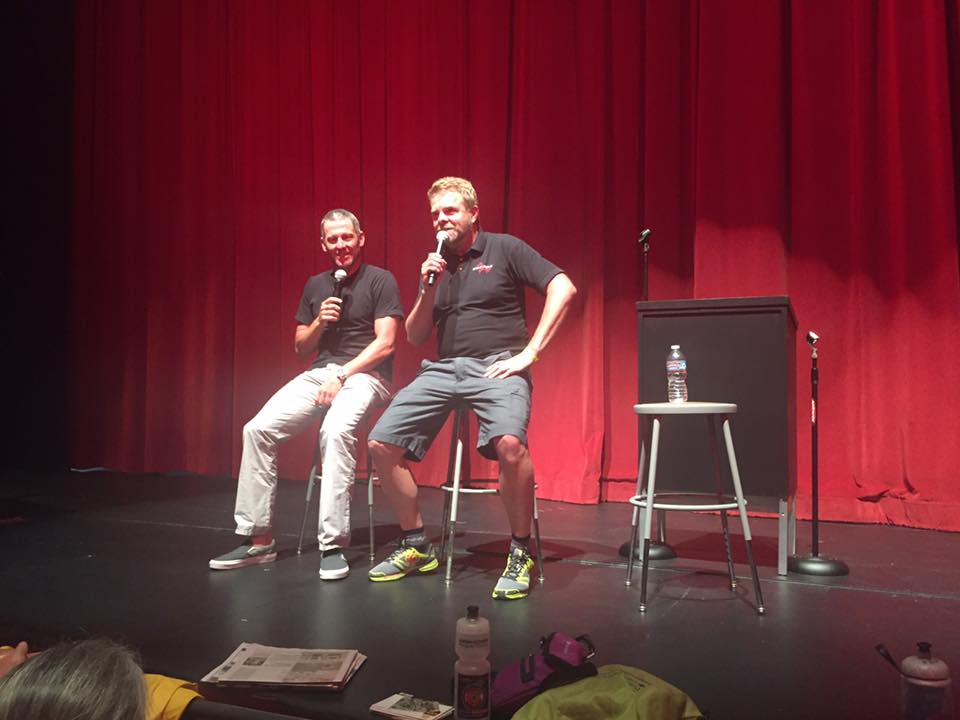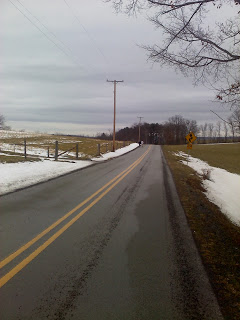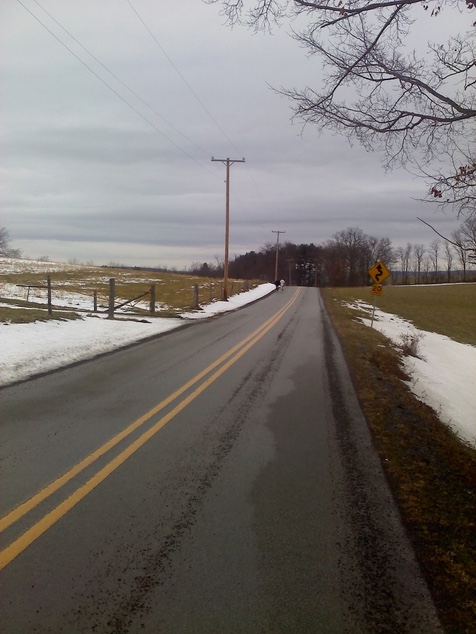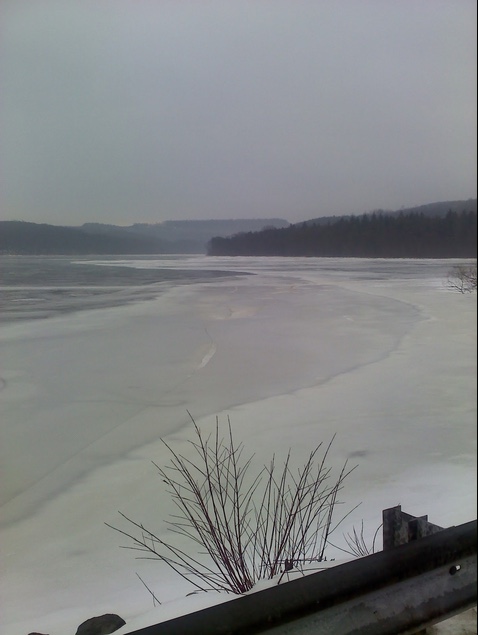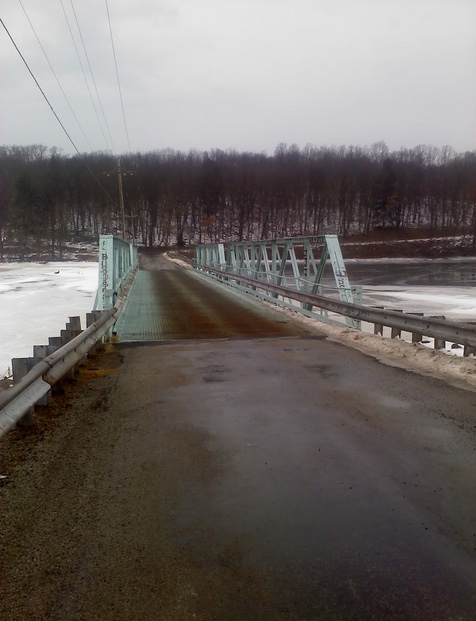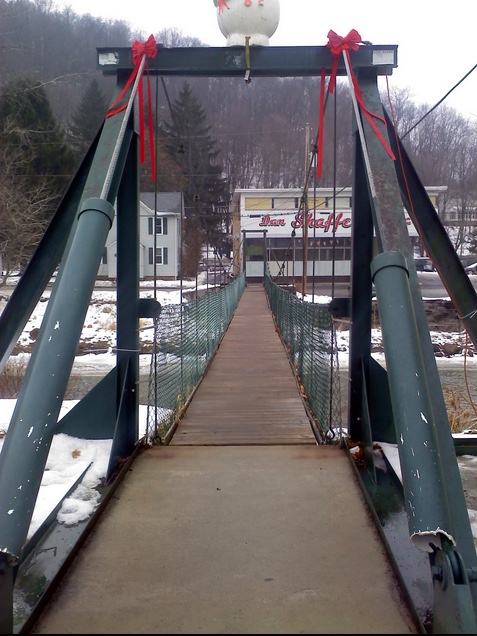A LITTLE BIT OF EVERYWHERE
A DAY OF CELEBRATION
It was January 17, 2010, and I decided to go for a bike ride. It was in the heart of winter but was a comfortable 41℉ (5℃) for a winter ride. It would be my first ride since November 8, 2009, when I rode 20 miles (32km). I had a radical retropubic prostatectomy at Johns Hopkins the next day and this would be my first time back on the bike.
I was diagnosed with cancer in 2009. I immediately set three goals.
- Don’t die
- Plan a “recovery goal” trip to France
- Ride. And ride more.
I spent almost six months researching my cancer treatment options. In August 2009, I asked my primary doctor at George Washington University Hospital if I could delay my treatment. He asked why and I told him I wanted to race the Mount Washington Auto Road Bicycle Hillclimb in New Hampshire in late August. He laughed and then said, “Sure, it will be the best thing for you.”
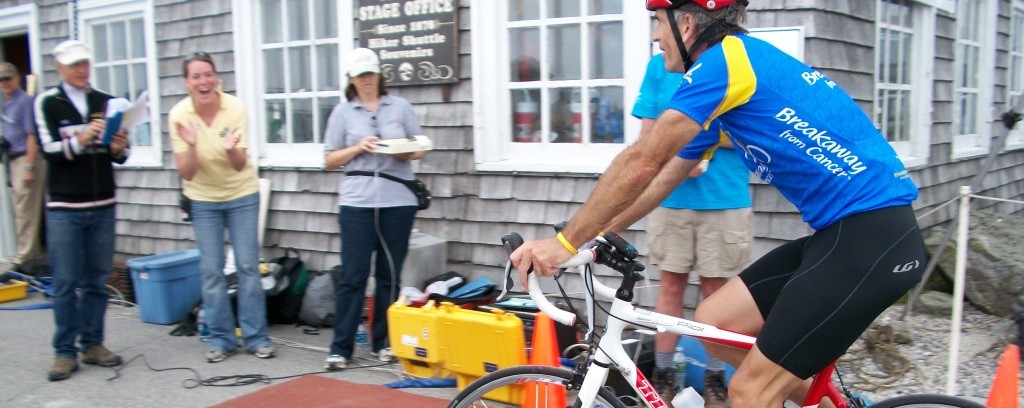
Living with cancer was very stressful. The only time I “didn’t have cancer,” i.e., when I never thought about having cancer, was when I was on my bike. I found peace on my bike and wanted that peaceful feeling after cancer treatment. November 9, 2009, began Part II of my life – Living Cancer-Free.
A cancer diagnosis, or any serious health concern, will force someone to take a look at their life, what they have done, and what they would like to do, the proverbial bucket list. For me, I always wanted to go to France and see the Tour de France. So while I made my doctor appointments including four “second opinions” (five separate doctors), I also signed up for a Trek Travel trip to France in July 2010. And I bought trip insurance.
I wanted to get back on my bike as soon as possible. I would be riding in the Pyrenees in France including the ascent up the Col du Tourmalet, from both sides, as this was the 100th year anniversary of the first time the Tourmalet was crossed in the Tour. I needed to be able to ride.
I rode. Slowly. I was in pain. A lot of pain. Although all stitches had been removed two months ago there was an indescribable pain when I sat on the saddle. I thought I might never be able to ride a bike again.
But slowly I was able to build on that winter ride. In mid-February, I did a slow ride with the Potomac Pedalers group and actually felt pretty good. In early March I rode The Hills of Ellicott City (Md.) and then on April 3, I took some friends to Altoona, Pa. for my personal “Breakaway From Cancer” ride. This would be a Metric Century ride with some of the best climbs in the area. I felt good.
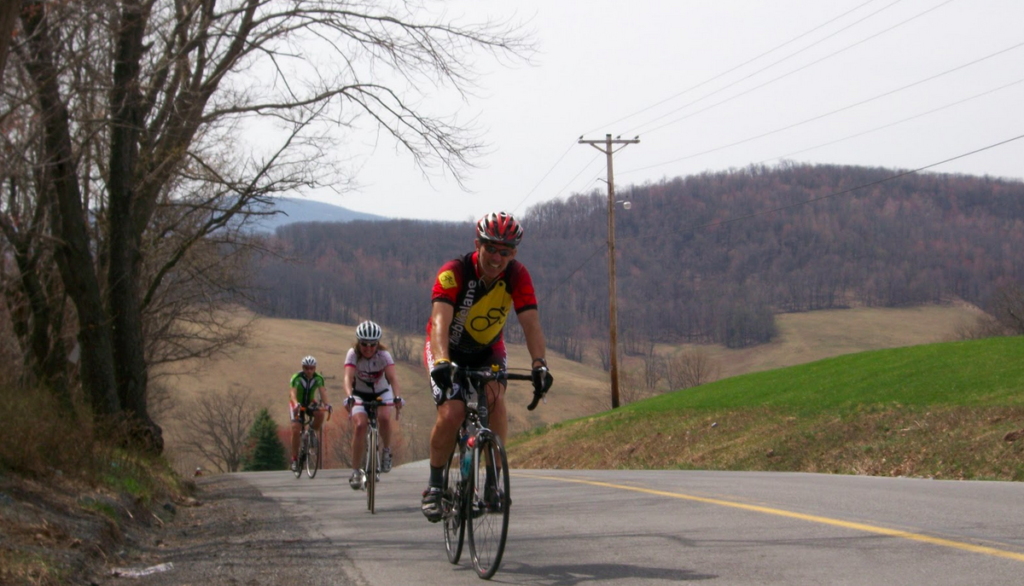
I went to France. Although I would discover on the Tourmalet that there was lots of healing and recovery needed to come, I generally felt good. And I fell in love with riding in France. My first time was in 2010 and last month I rode in France every day but one while I was in Luxembourg because it was France. I’ve now been to France six times to ride since 2010.
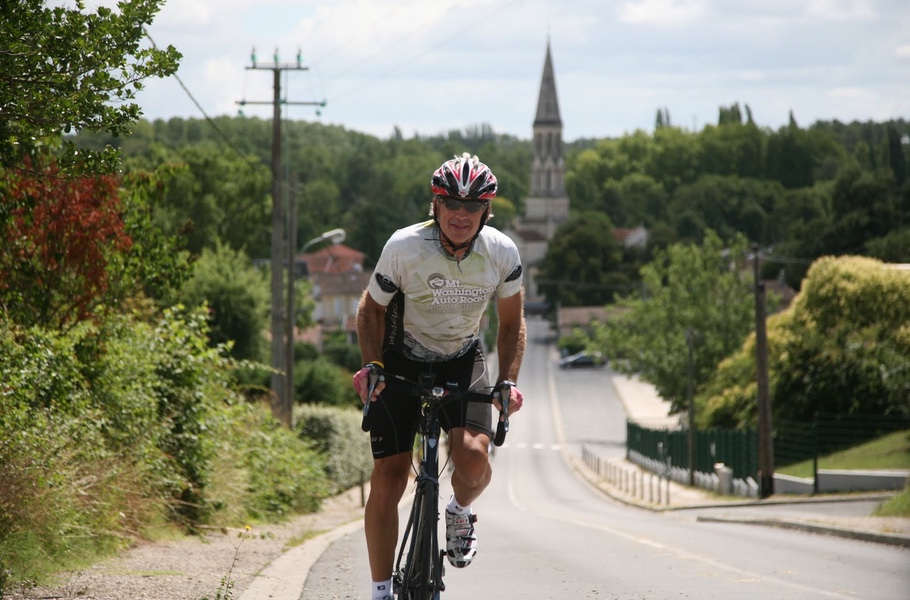
And today I pedaled my 100,000th mile cancer-free.
I am here. I am cancer-free. I rode in France. And now, 100,000 miles. Life is good.
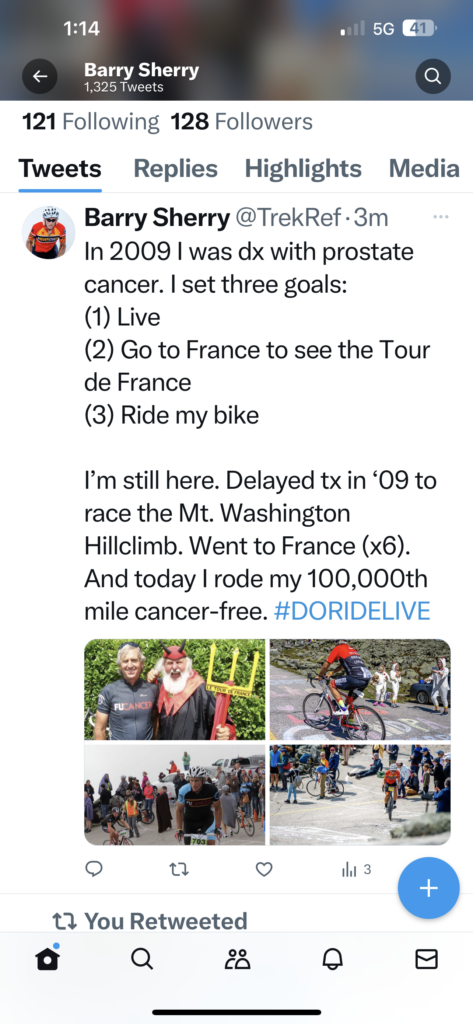
During this time I rode in 10 different countries besides the US: Austria, Bahamas, Belgium, France, Finland, Germany, Holland, Italy, Luxembourg, and Switzerland. I’ve ridden in 29 different states.
I’ve also ridden in 20 separate cancer fundraising events and five events for Multiple Sclerosis. I raised $25,000 for these worthy causes.
in 2019 I rode on New Year’s Day. Then I rode again on January 2 and had the thought to ride every single day at least 10 miles in honor of my 10-year Cancerversary. I rode throughout the winter in snow and ice and in the summer in the heat and humidity. And that continued in 2020 and 2021. The streak only ended when a foot of snow fell on January 3, 2022.
During this time I’ve climbed a number of mountains. In France I’ve been up the famous Col du Tourmalet, Alpe d’Huez, and Mont Ventoux.
Mileage by Year
| 2010 | 5100 (my first 5,000-mile year) |
| 2011 | 3700 |
| 2012 | 6500 |
| 2013 | 6350 |
| 2014 | 6056 |
| 2015 | 8078 |
| 2016 | 8100 |
| 2017 | 5649 |
| 2018 | 4205 (Knee replacement and TBI) |
| 2019 | 10150 |
| 2020 | 10500 |
| 2021 | 10369 |
| 2022 | 10068 |
| 2023 | 5175 (needed for 100,000 miles |
In Italy I climbed the famous Stelvio Pass and froze in the rain on the Gavia Pass.
In Switzerland I climbed St. Gotthard Pass which is an 8-mile cobblestone climb. Also I rode across the Swiss Alps solo.
